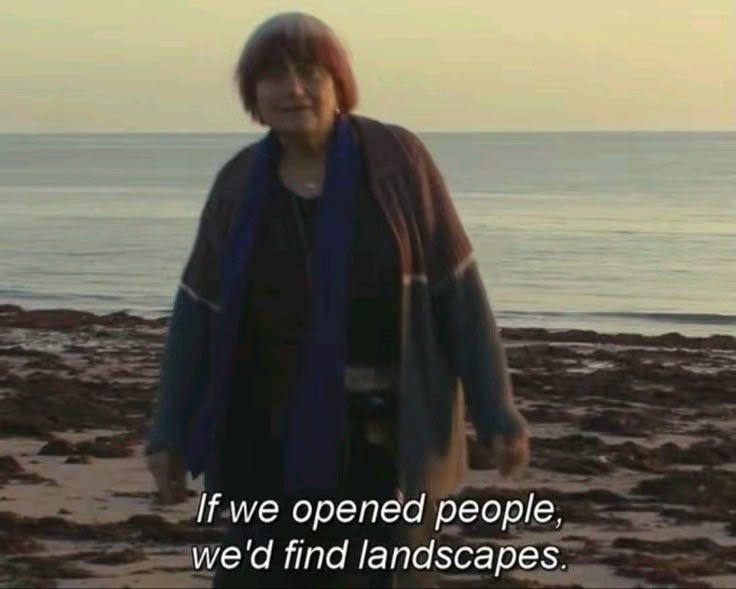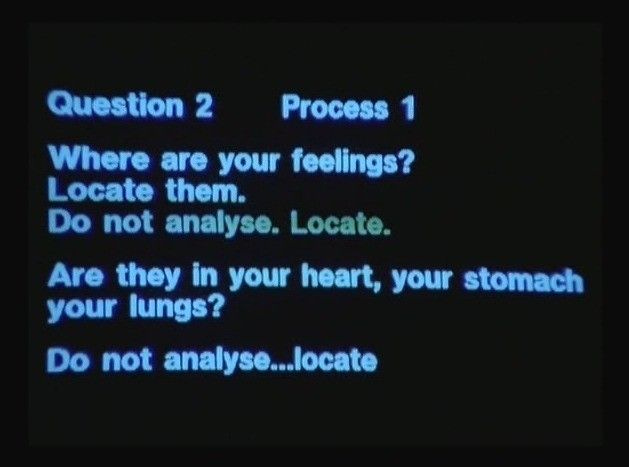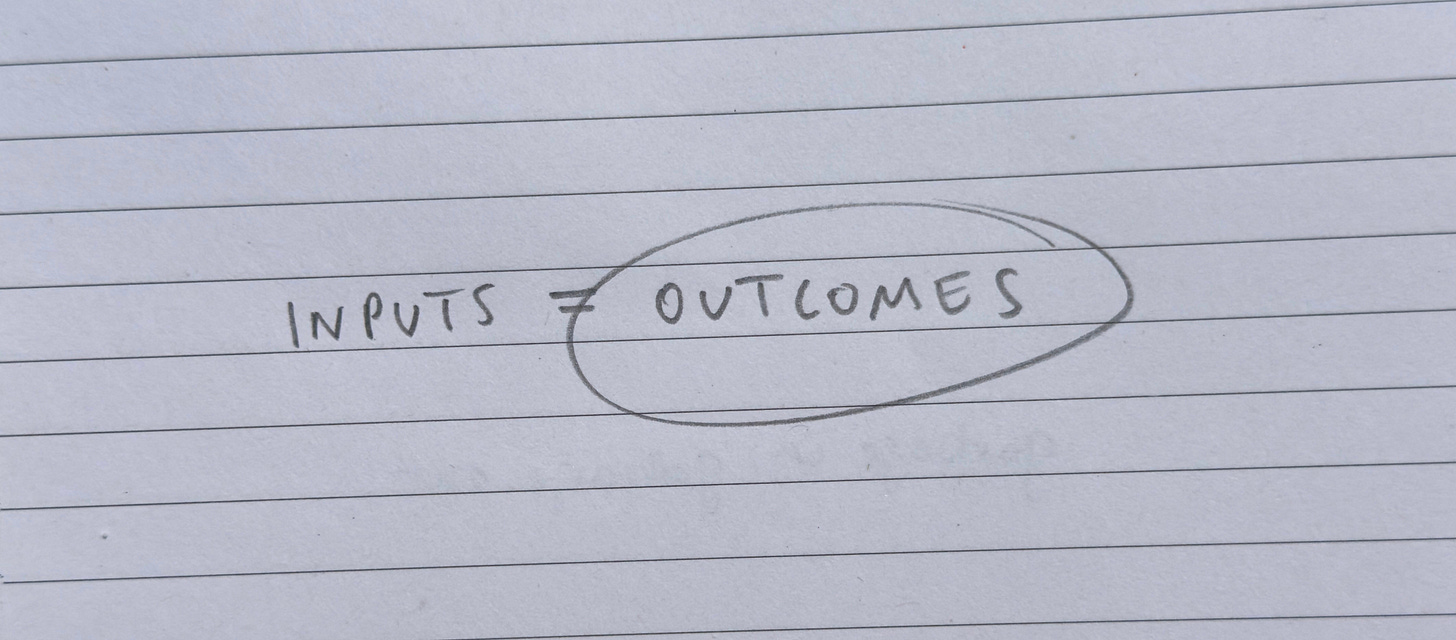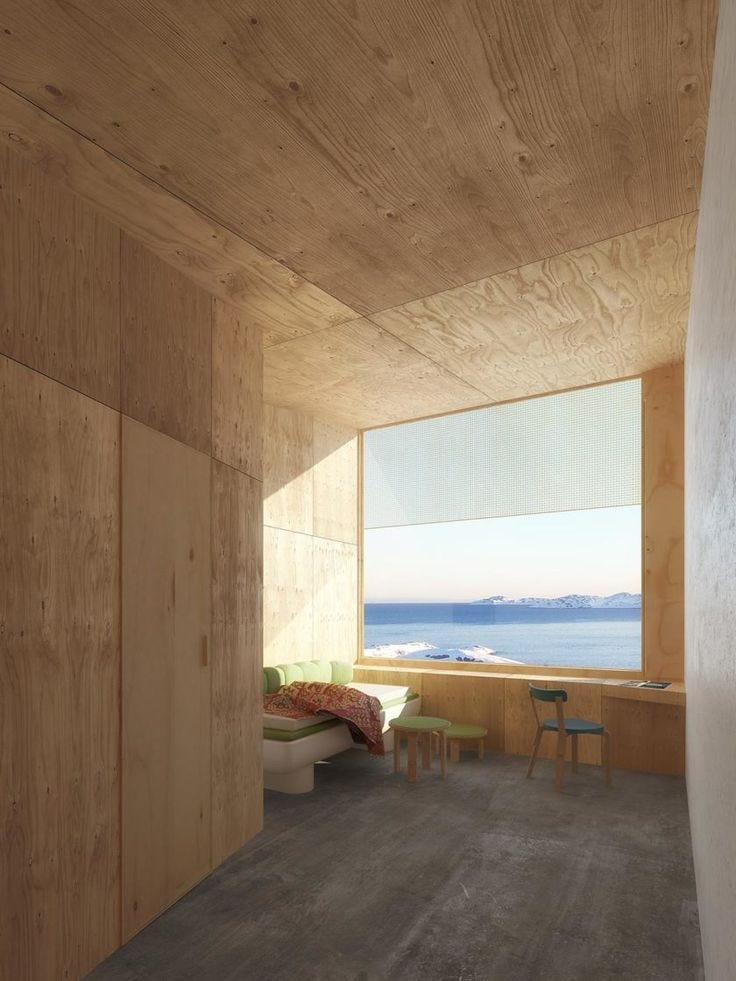Sensory Health Is the Missing Link
Unpacking the art + science of nervous system care – and why I'm doubling down on it
We talk about stress, burnout, anxiety — but rarely ask what our environments are doing to cause them.
Most of what we now call ‘everyday life’ is built without the nervous system in mind. From office lighting to notification sounds to the constant hum of city life, the signals we take in all day long are shaping how we feel — whether we realise it or not.
These are long-established ways of being, and I argue that sensory health might be the clearest way to articulate exactly what those systems have been ignoring. In truth, a lot of the world we inhabit is designed to either drive profit directly or profit by way of productivity. But while the bank balances grow, our nervous systems are left in the red. It’s no wonder we struggle.
What Is Sensory Health?
Sensory health is the relationship between your nervous system and the sensory input you’re exposed to. That includes light, sound, texture, rhythm, colour, space — the feel of your surroundings.
Every few years, a new wellness trend goes viral — cold plunges, ultra running, hot yoga. At first glance, you might think sensory health is more of the same. It isn’t.
This isn’t about performance or optimisation. It’s about a baseline human need — one that most people aren’t even aware they’re missing. Not because it’s hard to meet, but because the environments we live and work in weren’t designed to meet it.
They weren’t built for regulation. They were built for output.
Let’s be honest: our phones, laptops, and other devices aren’t going anywhere. They’re essential tools — for work, connection, survival (to an extent). But they also mean we’re exposed to more sensory input than at any other point in human history, especially visual and auditory – that comes at a cost.
We’re surrounded by noise, with little to no respite. Constant pings, notifications, pop-ups, and updates, all competing for our attention. The nervous system doesn’t get a break.
That said, sensory health isn’t about vague notions of escaping to nature or meditating more. It’s about acknowledging and recognising that our bodies are constantly responding to these inputs — whether we realise it in the moment or not – and beginning to design our lives, environments and experiences accordingly.
What It’s Not
Let’s be clear: sensory health isn’t a candlelit bath or engendering a “vibe.” It’s also not a concern limited to people with diagnoses. Yes, autistic, ADHD, and HSP communities may have a lower threshold for overstimulation, but they’re certainly not the only ones impacted.
The real issue is that the built world rarely considers sensory consequences at all. How lighting impacts circadian rhythms (does the A&E waiting room really need to be this bright at 4am?). How sound affects emotional regulation (a police siren is literally designed for nervous system arousal). How space and visual rhythm influence cognition (note to self: need to de-clutter my desk).
We’ve quietly accepted sensory overload, or worse, sensory apathy, as a neutral state. It’s not, and the effects are showing up in our bodies.
The Cost of Sensory Neglect
Poor focus, shallow breathing, low-grade irritability. Sleep that doesn’t restore. These aren’t always psychological problems. Often, they’re the result of a chronic mismatch between sensory input and nervous system needs.
You can see it in the average office: constant background noise but no acoustic rest, harsh blue-white lighting without any natural rhythm, screens that demand attention but offer no depth or stillness.
Healthcare settings aren’t much better. Corridors buzz with machinery. Materials are cold, edges sharp, fluorescent glare everywhere. These environments aren’t neutral — they agitate rather than soothe.
None of this shows up in patient histories, but it undeniably shapes how people feel, function, and recover. Not dramatically all the time, but consistently. And it adds up.
The Evidence is Here
This isn’t guesswork. Far from it. A robust, international body of research is emerging around how sensory and aesthetic experiences influence health.
The Jameel Arts & Health Lab, in partnership with the World Health Organisation, is leading a global effort to map the health impact of arts and culture. The NeuroArts Blueprint, a joint initiative from Johns Hopkins University and the Aspen Institute, is helping to establish neuroaesthetics as a formal field — bridging neuroscience, art, and clinical care. The International Network for the Critical Appraisal of Arts and Health Research is working to bring rigour and consistency to the space.
Across these efforts, the message is clear: What we see, hear, and feel changes how we heal. And yet, most mainstream health tools still ignore the role of sensory input entirely. Most health systems still treat sensation as background noise — something to be designed around, not with.
We optimise for time, productivity, even mood — but rarely stop to ask: What kind of light we’re working under, what kind of noise we’re absorbing, what textures or visual rhythms help the body settle.
The tools we use to track health don't register any of this. Sensory input isn’t measured, so it isn’t valued. Sensory health gives us a way to name that gap, and start designing around it.
What If We Designed With This in Mind?
What becomes possible when we treat environments as active inputs — not just passive containers?
Cities could become sites of regulation, not overstimulation. Hospital rooms could accelerate recovery through colour, light, and sound. Public screens could provide visual rest, not just advertising. Workplaces could be designed to calm the body, not just maximise efficiency. This isn’t hypothetical, it’s already being tested and implemented.
Cross-Sector Collaboration Is the Only Way Forward
Sensory health isn’t something that can be solved by healthcare alone. It cuts across:
Urban planning
Architecture
Digital product design
Cultural spaces
Workplace policy
It touches everything that we touch. What’s needed isn’t another mindfulness app, it’s a new framework. A new paradigm. A shared understanding that health isn’t only internal. It’s shaped by what we see, hear, feel, and the spaces we move through — our sensory inputs.
Bringing together artists, scientists, clinicians, and technologists isn’t a nice-to-have. It’s essential. Because the nervous system doesn’t care which sector built the stimulus — only how it responds.
Rethinking What Health Actually Means
The current model of healthcare focuses on treating symptoms once they appear. The wellness industry focuses on individual optimisation. Sensory health poses a different question: What if regulation could be built into the world around us?
It’s not about one “correct” aesthetic. It’s about offering options — spaces and tools that can adapt to varying needs, allow for rest, rebalancing, and relief. It's about recognising that burnout isn’t just about workload. It’s about how it feels to exist in the world.
We’re not aiming for perfection, necessarily. After all, we don’t live in climate-controlled bubbles. Just less friction between body and environment.
More intentionality and less dysregulation.
Closing the Gap
We have an opportunity to shift something here. Healthcare can begin to feel more human. Public space could support wellbeing by default. Technology could become less extractive, less draining and more responsive. Design could stop being neutral and start being proactive.
We’re still early, but the tools are already here and developing fast. Now, the evidence is catching up to what many of us already knew instinctively: how it feels to be here matters.
Sensory health is not a niche. It’s the missing link, and it’s time we addressed it with urgency.
P.S. As some of you may know, I run a start-up called Wellvrse®. This summer, we’ll be running a VR pilot across the UK as part of a broader project on sensory health. Feel free to reply if anything here struck a chord — I read everything, and always enjoy hearing how this stuff lands.








